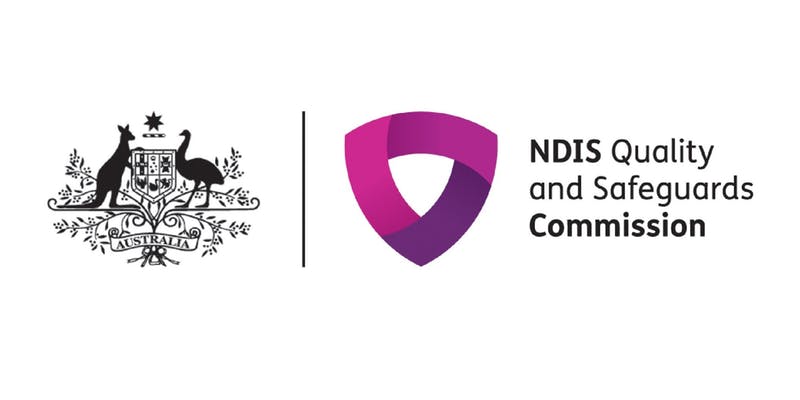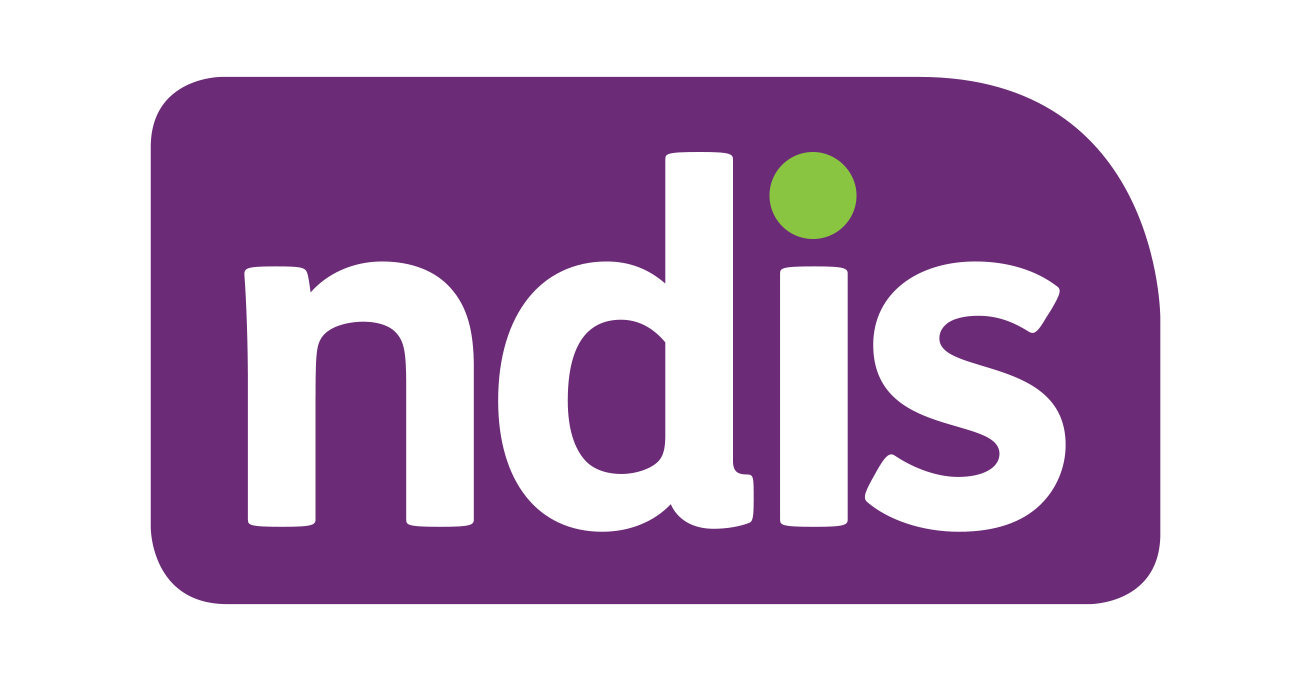
Information about access, planning, reviews, complaints and service providers.
Access
To access the NDIS, the person with disability must:
- Be under the age of 65 at the time of applying
- Reside in Australia and be either an Australian citizen, permanent visa holder or a protected special category visa holder
- have a permanent disability that results in substantially reduced functional capacity.
To begin the access request process, you can call 1800 800 110 to complete a verbal access request or complete access request form. If you call to begin the process, ensure your treating practitioners fill out the supporting evidence form, or you have reports which cover the questions asked. If you are applying to the NDIS because you have a psychosocial disability, it is recommended your treating practitioners complete the evidence of a psychosocial disability form.
It is important that your treating practitioners understand what evidence the NDIS is looking for. To understand the importance of language in reports for NDIS purposes, you can share the Summer Foundation’s ‘Getting the Language Right’ document with your treating practitioners.
To understand the different types of evidence needed for different disabilities, visit the NDIS website here.
Planning
Once your access request is approved the next step is the planning meeting. This can occur with either a local area coordinator (LAC for short) or a planner. A planning meeting is where the NDIA collect information about the person with disability and the person with disability can put funding requests forward. After the planning meeting, a participant is provided a plan which outlines what supports have been funded.
It is important that you have evidence to support your funding requests. VALiD have created a guide which outlines 10 steps to excellent NDIS reports, which can help practitioners understand how NDIS reports need to be written.
It is recommended that you write down your goals, participant statement and funding requests before going into the planning meeting. This ensures nothing is accidentally forgotten. The NDIS website has an entire section on planning, as well as a planning booklet. There are other planning resources such as the pre-plan template by Summer Foundation and a comprehensive booklet by Independence Australia. The person with disability may find that one of these documents are more relevant to them than the other.
It is also important for you to know how you want to manage your NDIS plan. The Western Australian Department of Communities have developed an informative table to understand your options, your responsibilities and the flexibility that comes with different management options.
Service providers
Once you have received your NDIS plan, the next step is to implement your plan. The NDIA’s ‘using your plan’ booklet can help to understand what is funded in your plan. Your LAC or support coordinator can also help do this.
If you are funded for support coordination, it is important that you choose a support coordinator who meets your needs. The Summer Foundation have put together a booklet which helps break down what to look for when choosing a support coordinator.
To find providers, you can use the NDIS participant myPlace portal via the myGov website. You will need to contact your LAC or Planner to get this set up. Alternatively there are service provider search engines such as Clickability, My Provider Directory, NDIS Provider Finder, My Care Space and Disability Support Guide.
Remember, you have no obligation to use a certain service provider. You can choose to have one service provider do everything, or different service providers for different areas of your life. You might like one service provider for in home support and a different service provider for community access; it is up to you. Once you have chosen your service provider/s it is important that you put in place service agreements. Many service providers will have standard template service agreements, however these can be customized and individualized to the participant. The NDIA have made a list of things that should be included in a service agreement in this factsheet.
Complaints
Complaints are an important aspect of any service delivery. Not only do they provide participant’s the opportunity to raise concerns, it ensures the service provider, organisation or government department become aware of issues, offering an opportunity for growth and change.
If you want to make a complaint about the NDIA or the local area coordinator, you should first make a complaint to the NDIA. This can be done by visiting the NDIS feedback and complaints webpage, by completing the online contact form, by emailing a complaint form or by calling 1800 800 110. If you are unhappy with the outcome of the complaint, you can make a further complaint to the Commonwealth Ombudsman. The Commonwealth Ombudsman have an online complaint form and you will need to choose (other Australian Government Agency).
If you want to make a complaint about your service provider, you should first make a complaint through their complaints process. You may also want to make a complaint to NDIS Quality & Safeguards Commission about your service provider. You can make a complaint to the Quality and Safeguards Commission by using their online form, or by calling 1800 035 544.
If you are dissatisfied with the outcome from the Quality and Safeguards Commission, you can make a further complaint to the Commonwealth Ombudsman. The Commonwealth Ombudsman have an online complaint form and you will need to choose (other Australian Government Agency).
Reviews
There are a few different types of reviews when talking about the NDIS.
The first type of review is a scheduled review. A scheduled review occurs before the end of the current plan date. It can also be called an “annual review” when your plan is one year long. Sometimes the NDIA do not have the ability to do a schedule review and if this is the case, your plan will be automatically extended for 12 months.
The second type of review is an unscheduled review. This type of review is also called a section 48 review, as this is the section in the NDIS Act that allows this type of review to occur. An unscheduled review usually occurs when a participant has had a change of circumstances and needs to change their plan. You can request a change of circumstances review by filling out the change of circumstances form and emailing it to the NDIA.
The third type of review is a review of a reviewable decision (RoRD). This type of review is also called an internal review (IR) or a section 100 review. A review of a reviewable decision is for when you disagree with certain decisions the NDIA have made. Section 99 of the NDIS Act outlines the decisions that are reviewable, however the most common reviews of reviewable decisions are for people who have been denied access (access not met) and for people who are unhappy with the funding provided in their plan. It is recommended you fill out the request for a review of a reviewable decision form to ensure all questions about your review are answered. You must ask for a review of a reviewable decision within 3 months of receiving the decision you are disagree with.
Finally, the last type of review is an external review. Should you request for a review of a reviewable decision, and still disagree with the outcome, you can lodge an application for the matter to be heard before the Administrative Appeals Tribunal (AAT). This application can be completed via phone (1800 228 333), by the AAT portal or via email using the AAT application form. It is important to lodge your application within 28 days of receiving the outcome of the review of a reviewable decision. If you need to lodge the application after 28 days, you will also need lodge an application for an extension of time.
After you have lodged at the AAT, you should be offered a free advice appointment with Legal Aid Queensland. Should you require further assistance, you can search for NDIS appeals advocacy organisations using the National Disability Advocacy finder.





